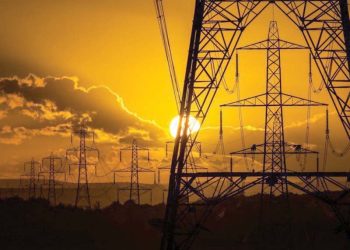In September, the cost of generating power in Pakistan dropped significantly, declining by over 25% compared to the same month in the previous year. This reduction can be attributed to a boost in hydropower production and lower prices for both gas and coal according to the latest data.
According to a report by brokerage firm Arif Habib Ltd, the average cost of power production in the previous month was Rs7.42 per kilowatt-hour, a notable decrease from Rs9.91 a year ago, based on information from the National Electric Power Regulatory Authority (Nepra).
Tahir Abbas, the head of Research at AHL, explained, “The cost of power generation decreased by 25.2% year-on-year during the month of September, however, it is still higher than the reference cost of Rs7.07/KWh. On a year-on-year basis, the decrease in fuel cost is witnessed mainly due to a decline in coal and re-gasified liquid natural gas (RLNG) based cost of generation along with a 14% year-on-year rise in hydel-based generation.”
Furthermore, the cost of power generation witnessed a decline of 10.3% on a monthly basis when compared to the average cost of Rs8.27 in August.
In terms of power generation, the country produced a total of 13,339 GWh (18,526 MW) in September 2023, marking a 3.6% increase compared to the same period the previous year when power generation stood at 12,878 GWh (17,886 MW).
This year-on-year increase in power generation was primarily driven by local coal-based sources, which saw a significant rise of 155.6% year-on-year during September 2023. Other contributing factors included improved RLNG (16.8%), hydel (13.7%), and bagasse (2.9%). However, when examined on a monthly basis, power generation decreased by 16.4% compared to the 15,959 GWh recorded in August.
In the first quarter of the current financial year, power generation also experienced a notable increase of 7.4% year-on-year, reaching 44,138 GWh (19,990 MW) in contrast to 41,081 GWh (18,606 MW) during the same period the previous year.
Hydel power generation emerged as the dominant source, accounting for 37.6% of the total generation mix, making it the primary source of electricity generation in Pakistan for the month of September. Following hydropower were nuclear (17.1%) and RLNG (16%) as significant contributors to the power generation share.
Renewable sources like wind (3.1%), solar (0.6%), and bagasse (0.3%) also played a role, alongside local coal (11%) and imported coal (4%), which together contributed to the nation’s total power generation landscape.






